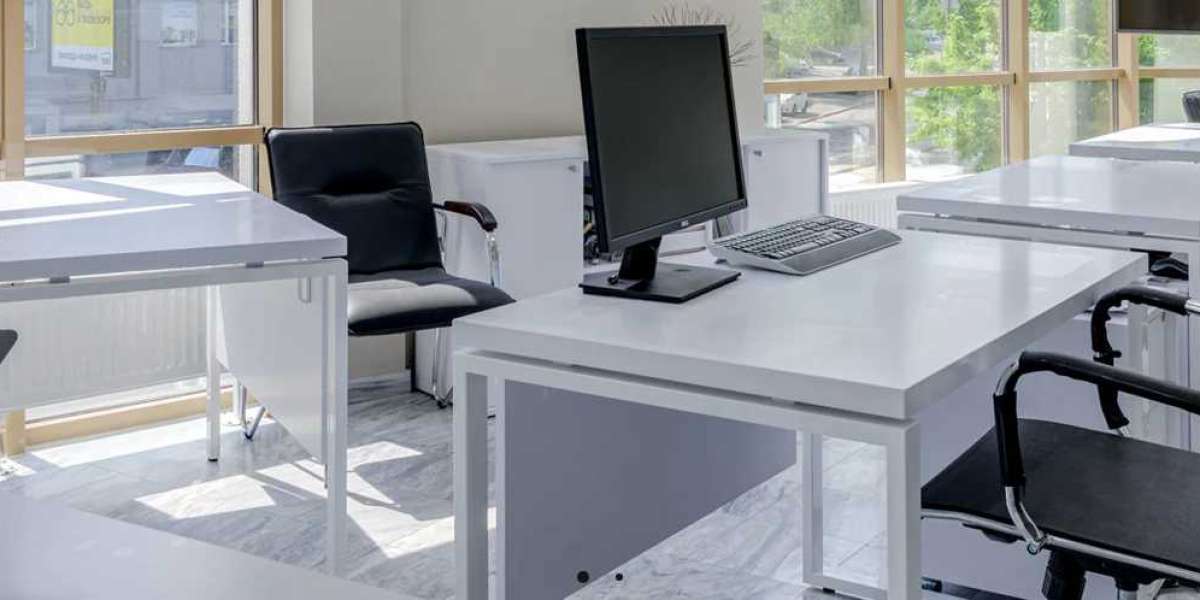Introduction
Creating a functional and aesthetically pleasing office space can be challenging, especially when working with limited square footage. However, with thoughtful planning and smart furniture choices, small offices can be transformed into efficient and comfortable workspaces. This guide provides strategies for selecting and arranging office furniture to maximize space and productivity in small offices.
1. Assess and Prioritize Needs
Understand Your Requirements
Begin by assessing the specific needs of your office. Consider the number of employees, the types of tasks they perform, and any equipment or storage requirements. Prioritizing these needs will help you choose the right furniture and layout.
Multi-functional Furniture
Opt for furniture that serves multiple purposes. For example, a desk with built-in storage or a convertible standing desk can save space and increase functionality.
2. Space-Saving Furniture Options
Compact Desks
Choose desks that are appropriately sized for the tasks they support. Wall-mounted desks, corner desks, and foldable desks are excellent options for small offices.
Vertical Storage Solutions
Maximize vertical space with tall storage units, shelves, and cabinets. This keeps the floor area clear and makes use of often underutilized wall space.
Modular Furniture
Modular furniture can be customized and reconfigured as needed. Modular desks, storage units, and seating arrangements offer flexibility and adaptability, crucial for small spaces.
3. Optimize Layout and Arrangement
Open Floor Plan
An open floor plan can make a small office feel larger and more collaborative. Avoid bulky partitions and opt for low-profile or transparent dividers if separation is needed.
Efficient Use of Corners
Corners are often overlooked but can be valuable for placing storage units, desks, or small meeting areas. Corner desks and shelves can help utilize this space effectively.
Clear Pathways
Ensure that pathways are clear and unobstructed to maintain a sense of openness and ease of movement within the office.
4. Ergonomic Considerations
Adjustable Furniture
Ergonomic furniture that can be adjusted to fit individual needs is crucial for comfort and productivity. Height-adjustable desks and chairs with adjustable lumbar support are essential.
Proper Lighting
Good lighting is vital in small spaces. Utilize natural light as much as possible and supplement with adjustable task lighting to reduce eye strain and create a pleasant work environment.
5. Declutter and Organize
Minimalist Approach
Adopt a minimalist approach to reduce clutter. Keep only essential items on desks and use cable management solutions to keep wires and cords organized.
Smart Storage Solutions
Use storage solutions that keep items out of sight yet easily accessible. Bins, drawers, and hidden compartments can help maintain a clean and organized workspace.
6. Incorporate Technology
Digital Solutions
Reduce the need for physical storage by utilizing digital solutions for documents and files. Cloud storage and paperless workflows can significantly cut down on the space needed for filing cabinets and paper.
Integrated Technology
Furniture with built-in technology features, such as power outlets, USB ports, and wireless charging stations, can streamline the workspace and reduce the need for additional equipment.
7. Personalize Thoughtfully
Aesthetic Cohesion
Choose a cohesive color scheme and design style to make the space feel more unified and less cluttered. Lighter colors can make the space appear larger and more open.
Personal Touches
Incorporate personal touches, such as artwork or plants, to make the space inviting without overwhelming it. Small, thoughtful decorations can add character without taking up much room.
Conclusion
Maximizing a small office space requires strategic planning and thoughtful furniture choices. By prioritizing needs, selecting space-saving and multifunctional furniture, optimizing layout, and maintaining an organized environment, small offices can become highly efficient and comfortable workspaces. Implementing ergonomic and technological solutions further enhances productivity and well-being, making the most of limited space. With these strategies, even the smallest offices can be transformed into dynamic and effective workplaces.








